6 Lessons I Learned After Renovating My House
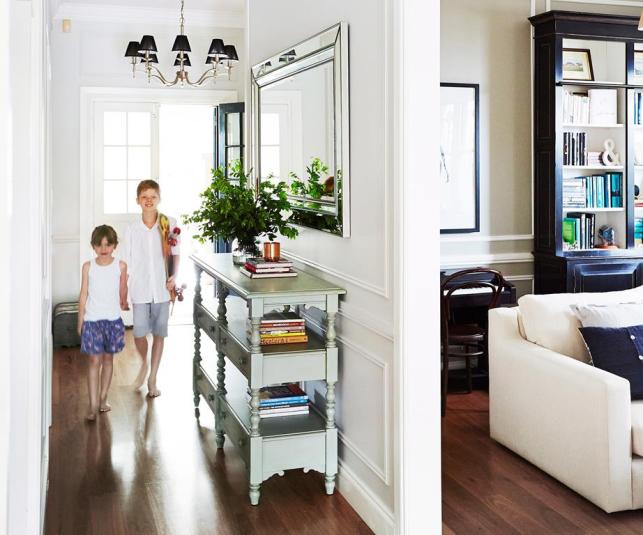
My husband Steve and I have a simple formula for our home purchases: worst house, best street. Initially, we dabbled in cosmetic renovations and minor transformations. But as our renovation ambitions — and family — grew, we took up the challenge of a major extension and renovation that involved the whole spectrum of the building-world rainbow, a whole lot of money, and all sorts of household disruptions. In short, it was huge. Here are some things we discovered along the way.
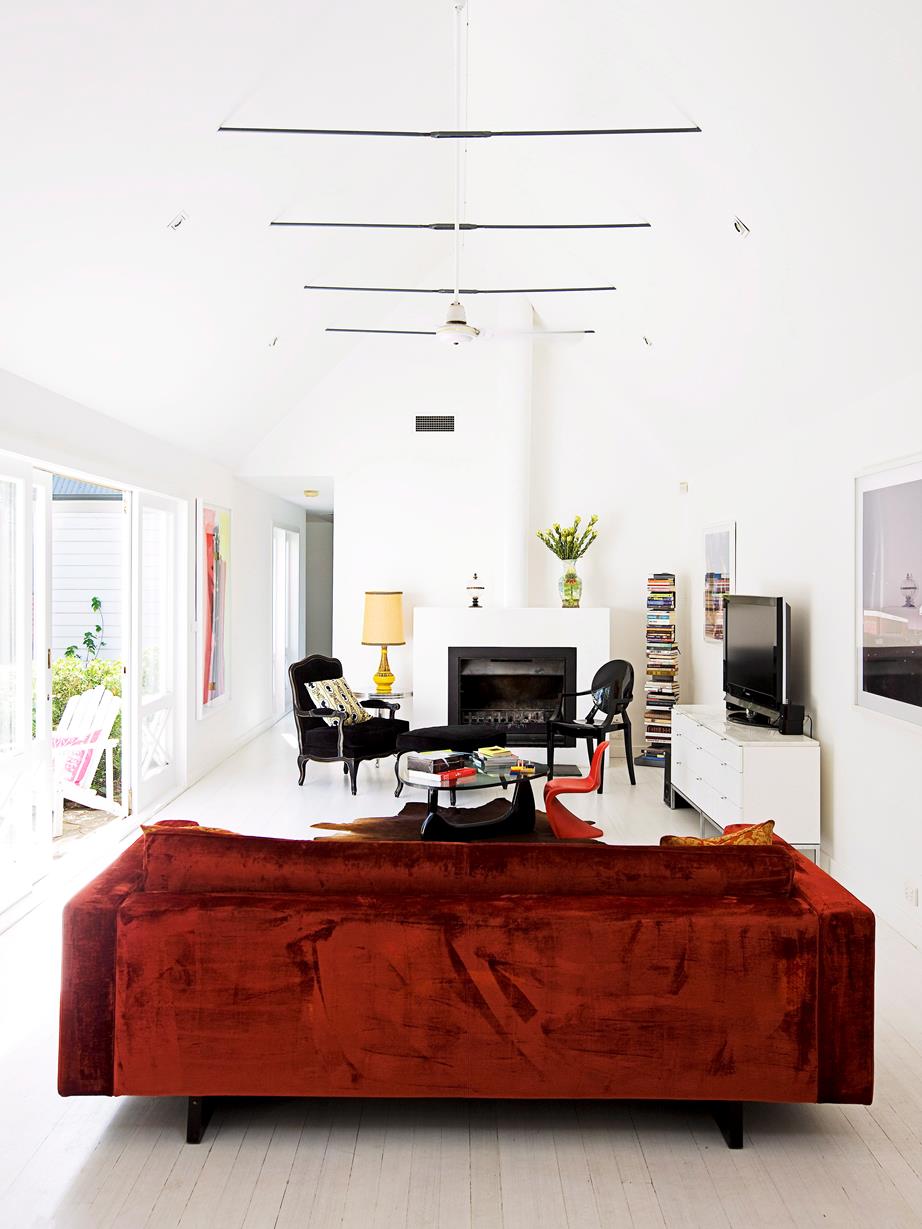
(Photo Credit: James Geer)
Be practical.
Most of my brain is taken up with stunning spaces I’d love to recreate, but we have four children, so pristine, precious, and perfect won’t work for us. We now know, for example, that a mid-colored, walnut-toned floor is best. Pale timbers quickly look dirty no matter how good at cleaning you are, while darker tones show everything (we’ve tried both). Decide what you and your family need to live well and happily, then work out the aesthetics around those practical considerations.
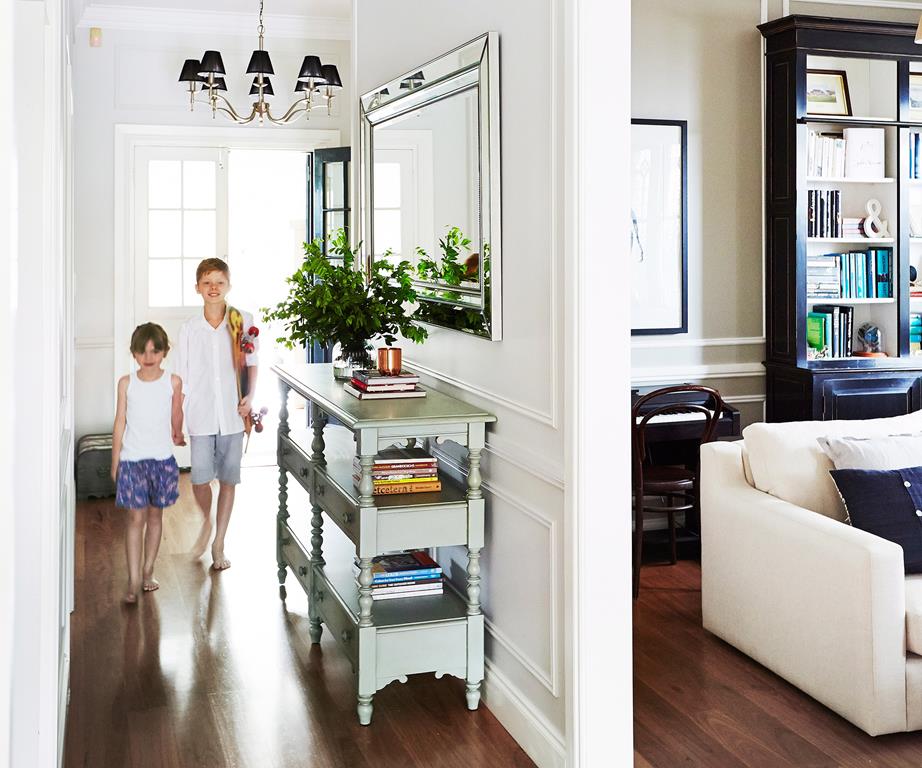
(Photo Credit: John Paul Urizar)
Turn negatives into positives.
My dream of a large family room that flowed onto a deck and lush lawn was shattered when we were told that, due to flood-zone regulations, any extension to our home had to be two feet higher than the rest of our house. Suddenly, we were faced with a split-level design or nothing. But for all the extra work it took to make the pieces fit together, we ended up with a much better design overall. Another negative was the lack of character in our 1970s beach shack, but that meant we could build in our own character without feeling guilty about not being sympathetic to its style or history — definitely a positive.
Renovating will consume you.
Aside from the fun of finding images of spaces you love and shopping for pretty things, you’ll spend a ridiculous amount of time agonizing over the right stain for your floorboards, testing the slipperiness of tiles, working out sizes and styles of various fittings, and googling reviews of potential appliances, products, and businesses. You’ll also find yourself in two frames of mind when it comes to purchases. If it’s a building material you don’t really understand (say, rafters, subflooring, or fascias), you trust the experts and hand over the cash. If it’s something left up to you to purchase, you will turn into an indecisive mess, comparing and narrowing down the favorites and doing your darnedest to save some pennies. Or maybe that’s just me…
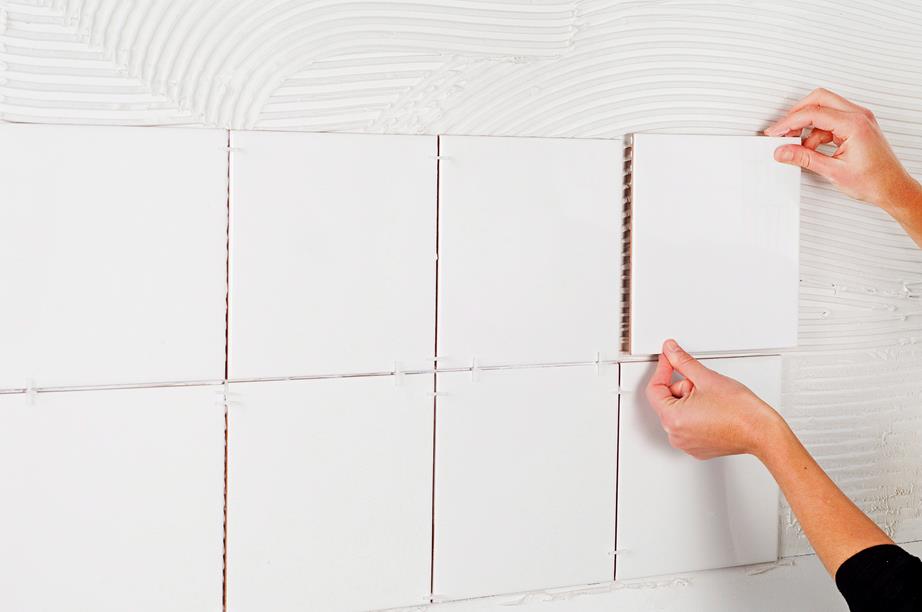
(Photo Credit: Maree Homer)
Avoid perfectionism.
Perfectionism costs — in time and money — so sometimes “that’ll do” becomes your own version of perfect. My husband calls it “adding to the story” of the house, which involves creating a narrative behind every oddity, obvious difference, hiccup, or seemingly questionable decision. But honestly, most of the time, no one will notice these things unless you mention them.
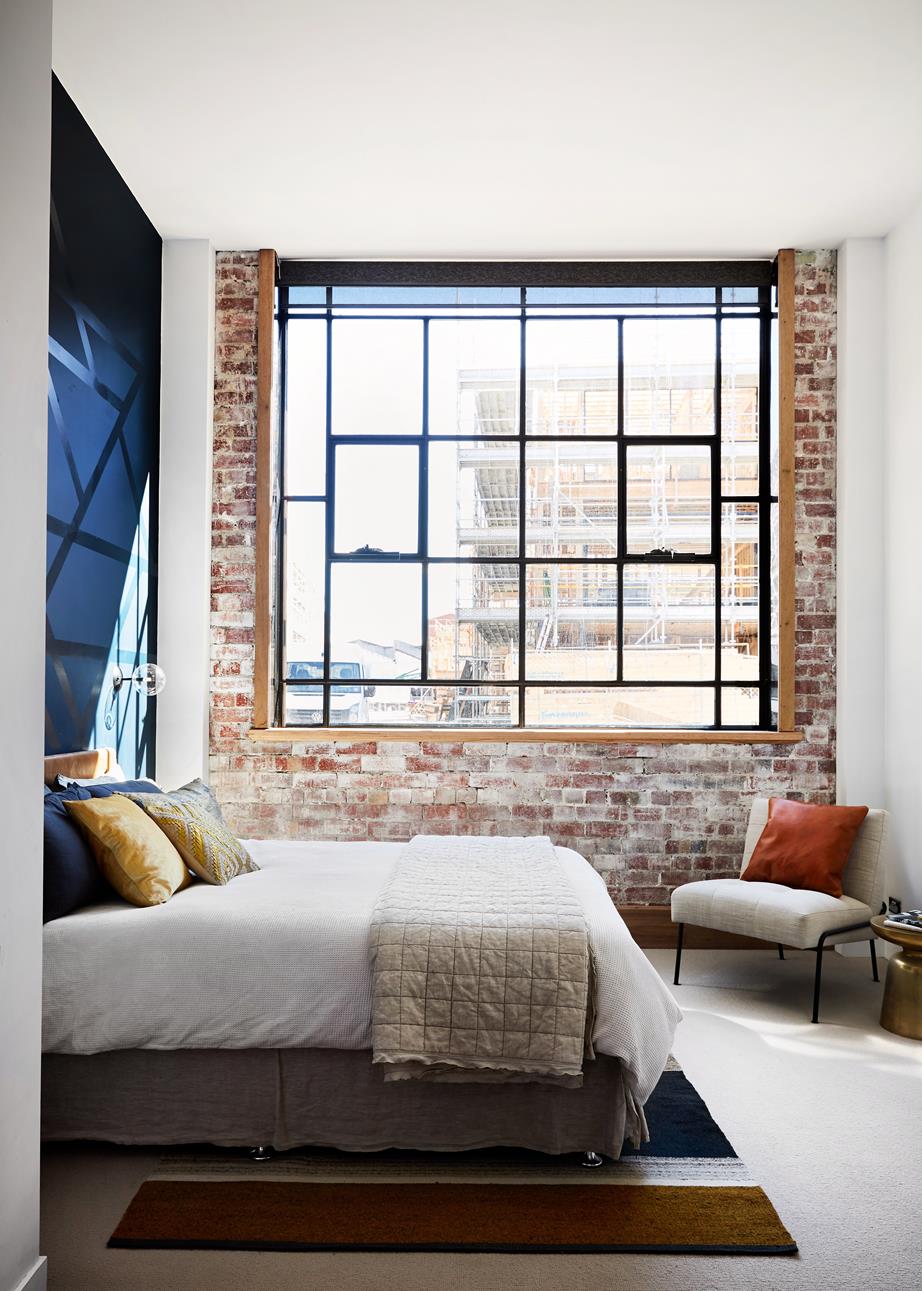
(Photo Credit: Tess Kelly)
Be on site, not in the way.
For someone who is pretty easy going generally, I have major control issues when it comes to renovating. I refused to go too far away from site when the construction workers were working in case an issue cropped up and I wasn’t there to make a decision. It’s not until walls are opened up or things are removed that builders really know what they’re working with. If you’re nearby, the foreman or project manager will know you’re on standby to deal with issues as and when they arise. Who knows? You might even have the solution. There are also smaller things, such as keeping an eye on the way a door is being hung in case the carpenter forgets you wanted it to swing to the left, or showing the electrician exactly where you want that light switch to go. Just remember, contruction workers don’t like it when you hover, so be around and on the lookout, but not in their faces.
Custom costs extra.
Anything outside the ordinary will cost twice as much and take twice as long. If you want a custom aspect, consider the overall cost, time, and ease of installation. Our very high, steep-angled ceiling required more materials, the use of a scaffold and crane to construct it, custom windows, and therefore custom window dressings, trickier access for electricians, plasterers, and roofers, and the need for a bigger fan with extension poles. That made the fireplace installation more difficult, as was fitting the skylights and aerials. But every single element was worthwhile because it produced a home that’s very unique and special to our family.
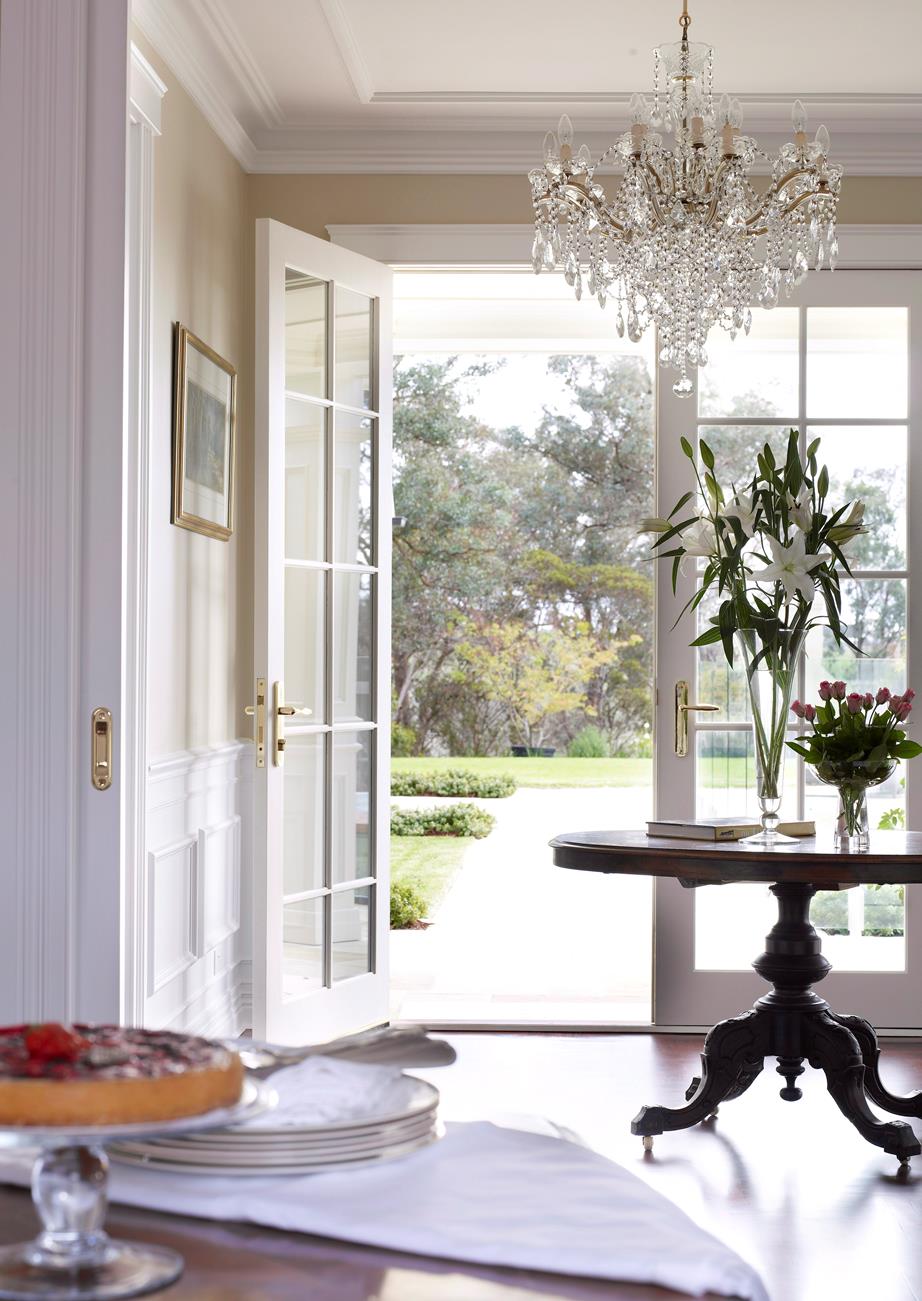
(Photo Credit: Derek Swalwell)
Money-Saving Tips
- Reuse as much as possible. Hardwood from roofs or walls can be turned into bench tops or bookshelves. If nothing else, it makes great firewood.
- Specialist plumbing or electrical stores may charge more for the same product sold in bigger hardware stores, but it might mean their fittings are always in stock. On the flip side, smaller hardware stores may do good deals on some products or offer a trade discount.
- You’ll spend a lifetime’s supply of rainy-day funds on gap fillers, sealants, and nail-gun nails. Don’t waste them by letting the nails get wet or the sealant tubes dry out. Pop a screw in the neck of the tube between uses to get the most out of each packet.
- Offer to do simple jobs yourself. These might be filling nail holes, painting door edges before they’re hung, or cutting and installing insulation. Also, remove waste materials such as old fences, skirting boards, or built-ins ahead of time. If you do it, the builder doesn’t, which means you don’t have to pay for their time (if they’re charging by the hour).
- If your budget doesn’t stretch to new windows, make over old aluminium styles with white metal spray paint, new architraves, and even a windowsill.
- Choose one tin of exterior semi-gloss paint for all your trims inside and out. If a material can handle the outdoors, it’s robust enough for indoors.
Do’s and Don’ts of Renovating
DO
- Paint ceilings, architraves, and skirting the same color as the walls, but in semi-gloss.
- Choose french doors over bifolds. They take up a little more real estate in terms of the door swing, but they don’t have the dirt-collecting rail on the door.
- Increase natural light. It not only makes everything look bigger and better, it’s good for the soul and your health.
- Live within your means. Saving and then spending your own hard-earned cash makes you really careful about where it goes.
DON’T
- Use white grout in a shower recess.
- Install a built-in bath with a shower over the top — for all sorts of reasons.
Renovations can be stressful, especially if they are large-scale projects. Watch the video below to see how you can upgrade your kitchen, all while keeping the process as simple as possible:
This article was written by Belinda Graham. For more, check out our sister site, Homes to Love.
More From FIRST
How to Take Care of Your Fiddle Leaf Fig
The Prettiest Paint Trends of 2018
How to Add Barn Doors Without Making Your Home Feel Like a Farmhouse













